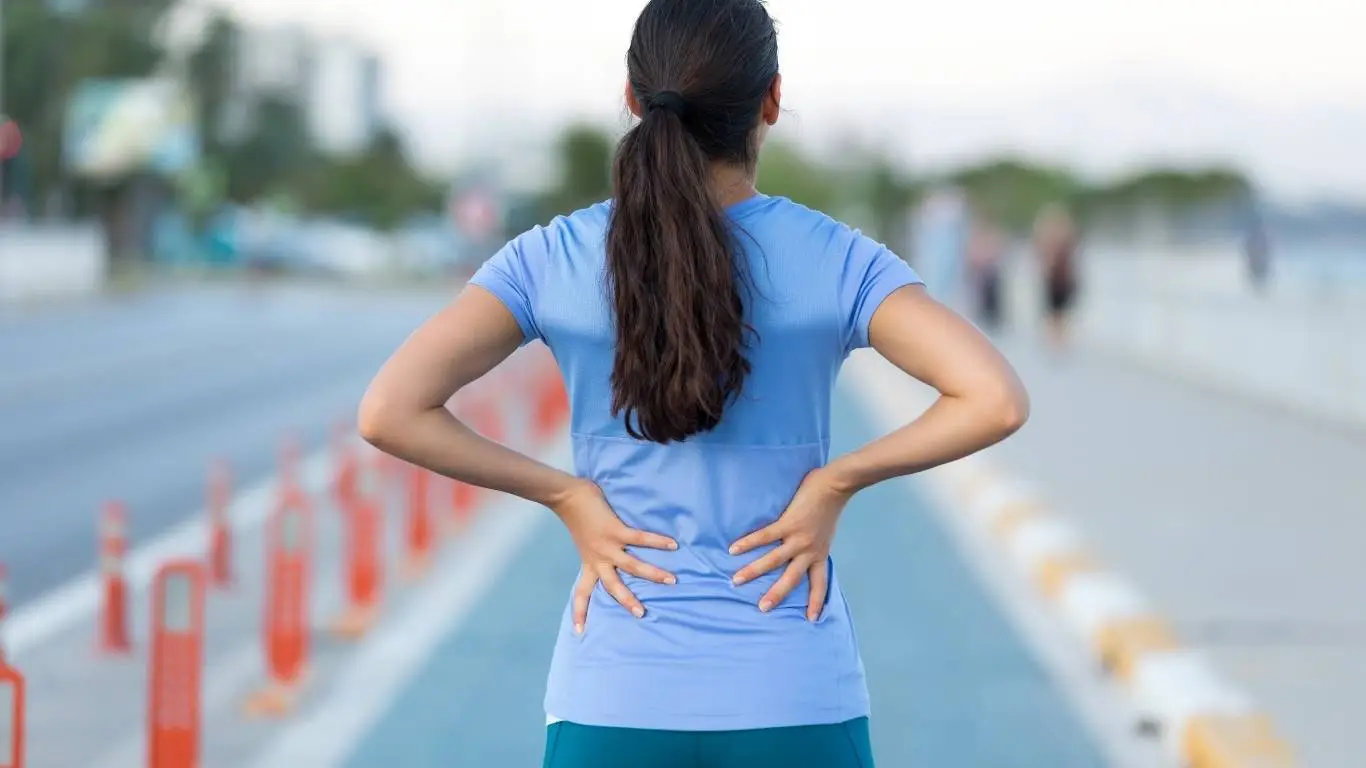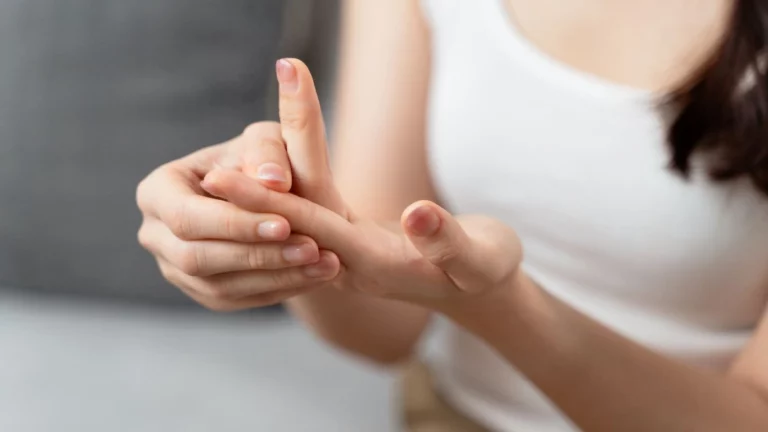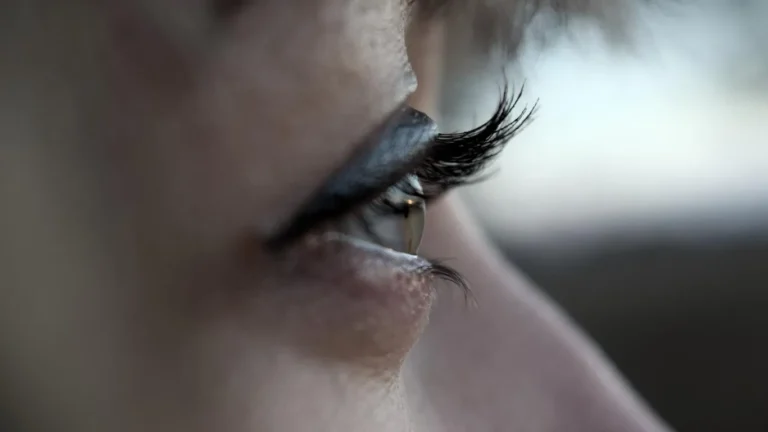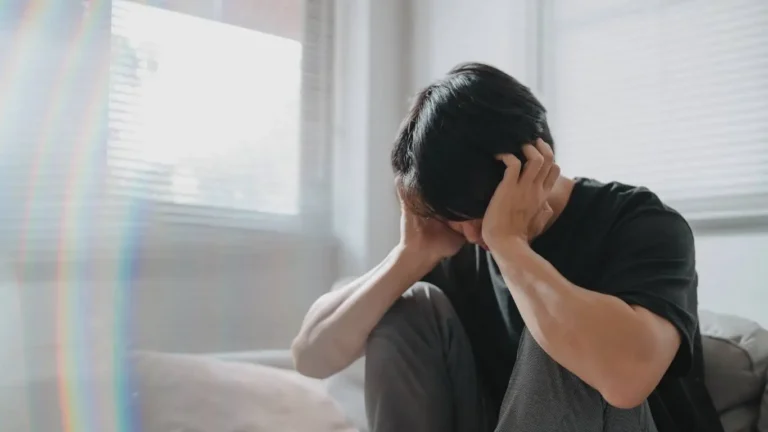Barefoot Walking Benefits That Can Improve Spinal Alignment
Let me tell you something that changed my daily routine in the most unexpected way—kicking off my shoes. I used to think barefoot walking was something reserved for sandy beaches or childhood memories. But after struggling with occasional lower back discomfort, I stumbled on the idea that ditching my shoes (at least occasionally) could actually support my spine. I thought it sounded a little too “natural remedy blog-ish” at first, but there’s some real science and real-world impact behind it. Here’s what I’ve learned, felt, and seen since embracing barefoot walking—and why your spine might thank you too.
How Barefoot Walking Influences Your Posture and Spine
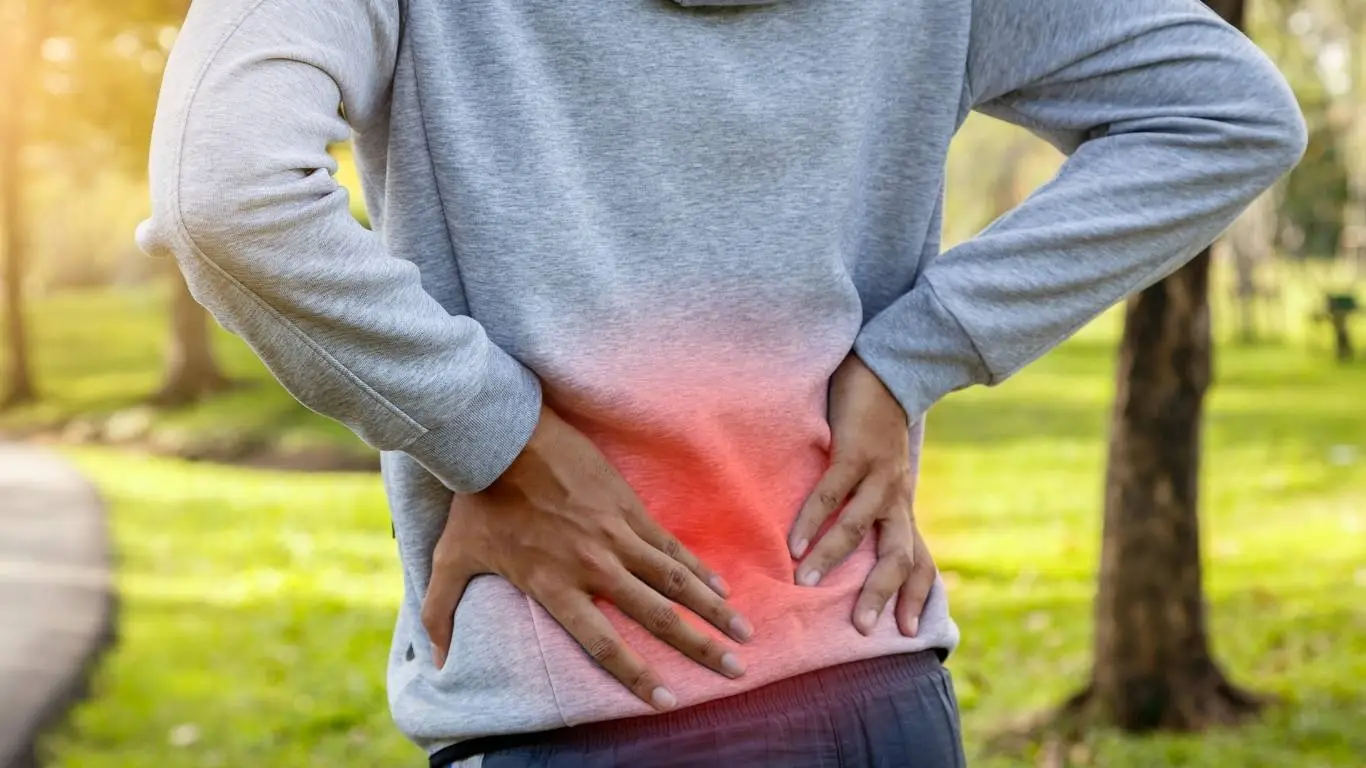
When you’re barefoot, your feet are forced to interact directly with the ground. That might sound obvious, but think about how rarely that actually happens. Most shoes—especially ones with arch supports or thick soles—interfere with the foot’s natural movement and dampen the sensory feedback that tells your brain where you are in space. This is a big deal for posture and spinal alignment.
The human foot has over 7,000 nerve endings. Going barefoot activates these receptors, enhancing proprioception—the sense of body positioning. Improved proprioception makes you more aware of your posture, which translates to a better-aligned spine over time.
Here’s how it breaks down:
- Enhanced foot mobility: The natural motion helps strengthen intrinsic foot muscles, which stabilize your entire kinetic chain.
- Improved gait: Without cushioned shoes, you’re more likely to walk with a midfoot or forefoot strike, reducing impact on joints—including the spine.
- Better balance and coordination: Barefoot walking can subtly correct poor posture habits caused by over-supportive footwear.
All these changes at ground level ripple upward. The way your foot strikes the ground directly influences your knee position, hip alignment, pelvic tilt, and ultimately, how your spine carries itself. According to the National Institutes of Health, spinal alignment and foot biomechanics are tightly interconnected.
Connection Between Footwear and Spinal Dysfunction

Think about this: high heels, flip-flops, running shoes with thick soles—they all change the way you walk. Some cause overpronation, while others promote toe gripping. These subtle shifts alter your spine’s load-bearing capacity, contributing to alignment issues. Personally, I noticed my lower back felt tighter on days when I wore stiff-soled sneakers all day long.
It’s no coincidence that poor posture is a common trigger of chronic back discomfort. Misaligned hips and pelvis—often due to prolonged use of restrictive footwear—create abnormal spinal curves. Over time, this contributes to conditions like sciatica, facet joint pain, and even bulging discs. If you’re dealing with recurring twinges or stiffness in your spine, your shoes might deserve some blame.
Scientific Backing and Clinical Insights
A study published by the National Library of Medicine emphasized how minimal footwear or barefoot training can reverse some of the structural imbalances created by years of conventional shoe use. The researchers found increased arch strength and improved walking mechanics within weeks of regular barefoot movement.
And here’s the kicker: those improvements extended up the kinetic chain—leading to better pelvic symmetry and lumbar spine function. So this isn’t just “feel-good wellness talk”; it’s supported by measurable change.
Best Surfaces for Barefoot Walking (and Which Ones to Avoid)
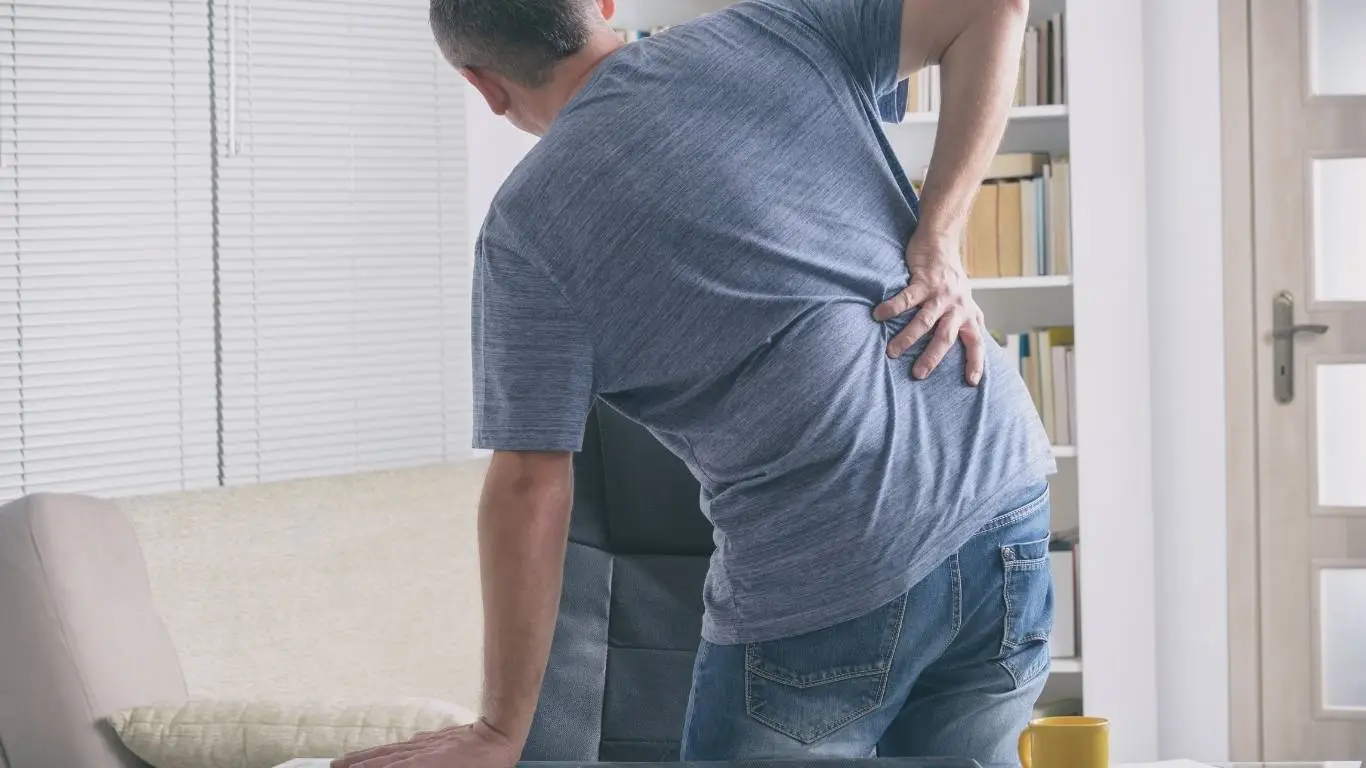
If you’re tempted to try this out, the surface you choose matters a lot more than you think. I started small, walking barefoot on indoor yoga mats and soft grass. My feet needed time to adapt. Jumping straight onto asphalt or gravel? Bad idea (learned that the hard way!).
- Grass: Gentle on joints, offers soft resistance, and feels refreshing underfoot.
- Sand: Encourages muscle engagement and balance, but avoid if you have plantar fasciitis.
- Wooden floors: Great for indoor practice; they offer firmness without excessive hardness.
- Carpeted floors: Comfortable but can limit sensory feedback.
For anyone worried about spinal conditions like lumbar radiculopathy or degenerative disc issues, starting slow is key. Begin with 5-10 minutes a day and increase as your feet and posture adapt.
What I Noticed in My Own Spine

I’ve always had a subtle forward pelvic tilt—something I didn’t even realize until I saw it in a mirror after weeks of walking barefoot around the park. My posture began to shift. I stood taller, my hips felt more centered, and the low-level ache that usually showed up by early evening? Gone more often than not.
This anecdotal benefit reflects the mechanism professionals explain. Grounding your movement helps recalibrate your body from the feet up. If you’re someone who’s tried every upper back stretch or posture corrector without lasting relief, you might need to go straight to the source: your feet.
Even lifestyle tweaks—simple ones—like switching up your walking surface or footwear can reprogram years of imbalance. It’s not about going barefoot all day, every day. But incorporating it into your routine in small ways? That’s where the long-term impact lives.
Want to dive deeper into how everyday choices shape your spinal health? Start with this pillar article on natural remedies and lifestyle. And for a full understanding of how your spine connects to every movement you make, the main back pain guide offers a great foundation.
Muscles That React (and Benefit) from Barefoot Walking
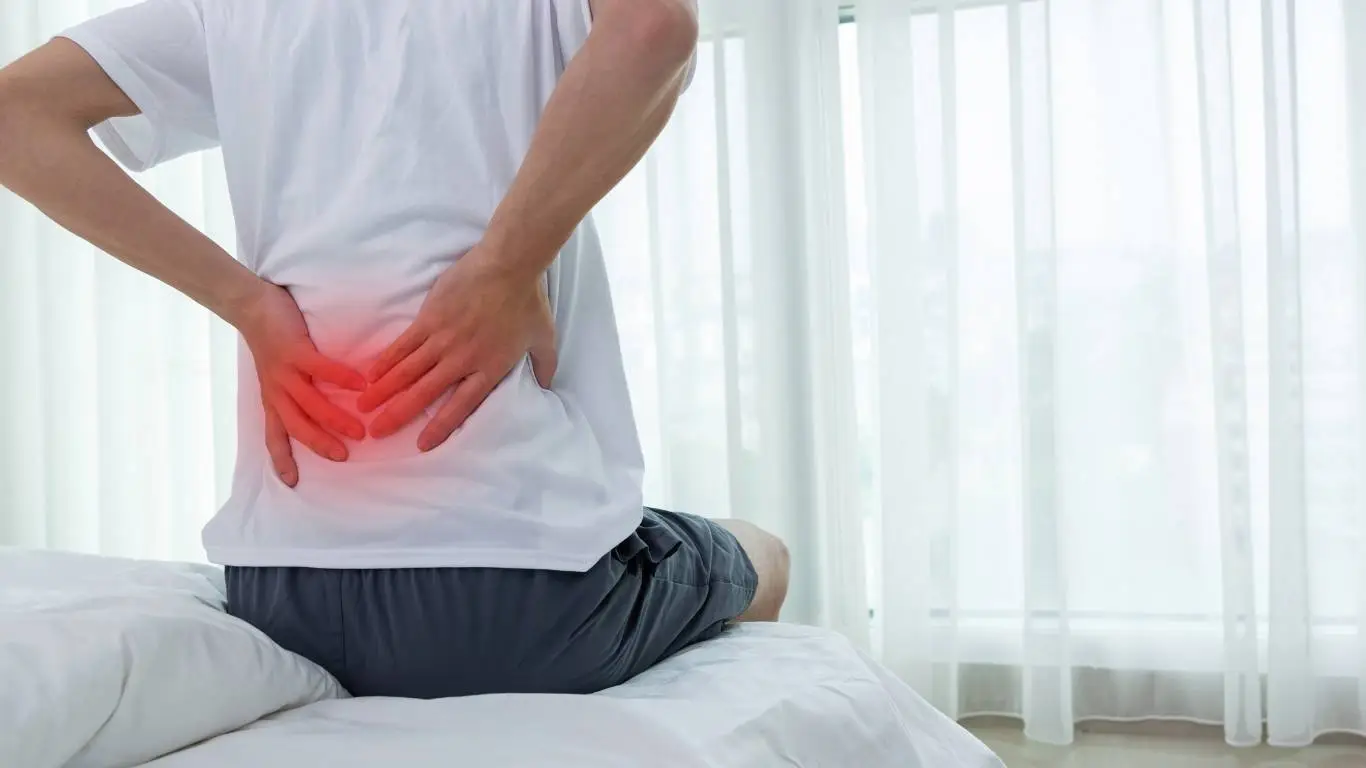
If you’ve never really thought about how your feet connect to your back, you’re not alone—I didn’t either until I started waking up with a surprising sense of alignment. Turns out, barefoot walking subtly activates muscles most of us ignore, especially if we sit all day or rely on overly cushioned shoes. The bonus? These are the same muscles that support our spine.
Key muscle groups that respond positively to barefoot walking:
- Intrinsic foot muscles: Strengthening these helps your foot act as a better shock absorber and stabilizer.
- Calves and Achilles: Improved flexibility here helps with heel lift, reducing back strain.
- Glutes: Engaging these helps stabilize the pelvis and support spinal integrity.
- Core muscles: More feedback from your feet often leads to better posture—and your abs instinctively support the spine.
By simply walking barefoot, especially on uneven surfaces like natural ground or sand, these muscles stay “awake.” Compare that to thick-soled shoes that do all the stabilizing for you. It’s like comparing sitting in a recliner to holding a yoga plank—one just feels better for your body long-term.
Hidden Signs You Might Need Barefoot Time

Most people don’t even know they’re walking or standing in ways that strain the spine. I sure didn’t. But once I started observing, a few red flags made it obvious that my body was overcompensating for poor foot feedback.
If you relate to any of these, barefoot walking could help reset your alignment:
- One shoulder higher than the other in the mirror
- Recurring mid-back or sacral tension after long walks
- Unbalanced shoe wear—heavily worn outer heels or uneven sole patterns
- Frequent sharp lower back pain without an obvious trigger
- Feeling more “off” after switching shoes (especially from flats to cushioned sneakers or vice versa)
Our bodies love symmetry. Barefoot walking helps you rediscover it in the most primal way—by re-engaging with the ground, one step at a time.
Common Mistakes When Starting (That I Totally Made)

So here’s a little honesty: I went too hard at the beginning. The freedom felt amazing, but I ended up with sore arches and tight calves because I didn’t ease into it. Turns out, there are a few rookie mistakes a lot of people make when going barefoot for spinal health.
Top missteps to avoid:
- Doing too much too fast: Start with 5–10 minutes on soft surfaces.
- Ignoring your walking form: Pay attention to how your foot lands—go for a soft, controlled step.
- Walking barefoot only indoors: While it’s a good start, you’ll need varied terrain to get full muscular activation.
- Skipping foot strength exercises: Do toe spreads, calf raises, and arch lifts to build resilience.
Just like you wouldn’t dive into a marathon without building endurance, your feet (and spine) need a gradual adjustment to this style of movement. Don’t expect your posture to fix itself in a day—it’s more of a steady reset than a quick hack.
Who Should Avoid Barefoot Walking?
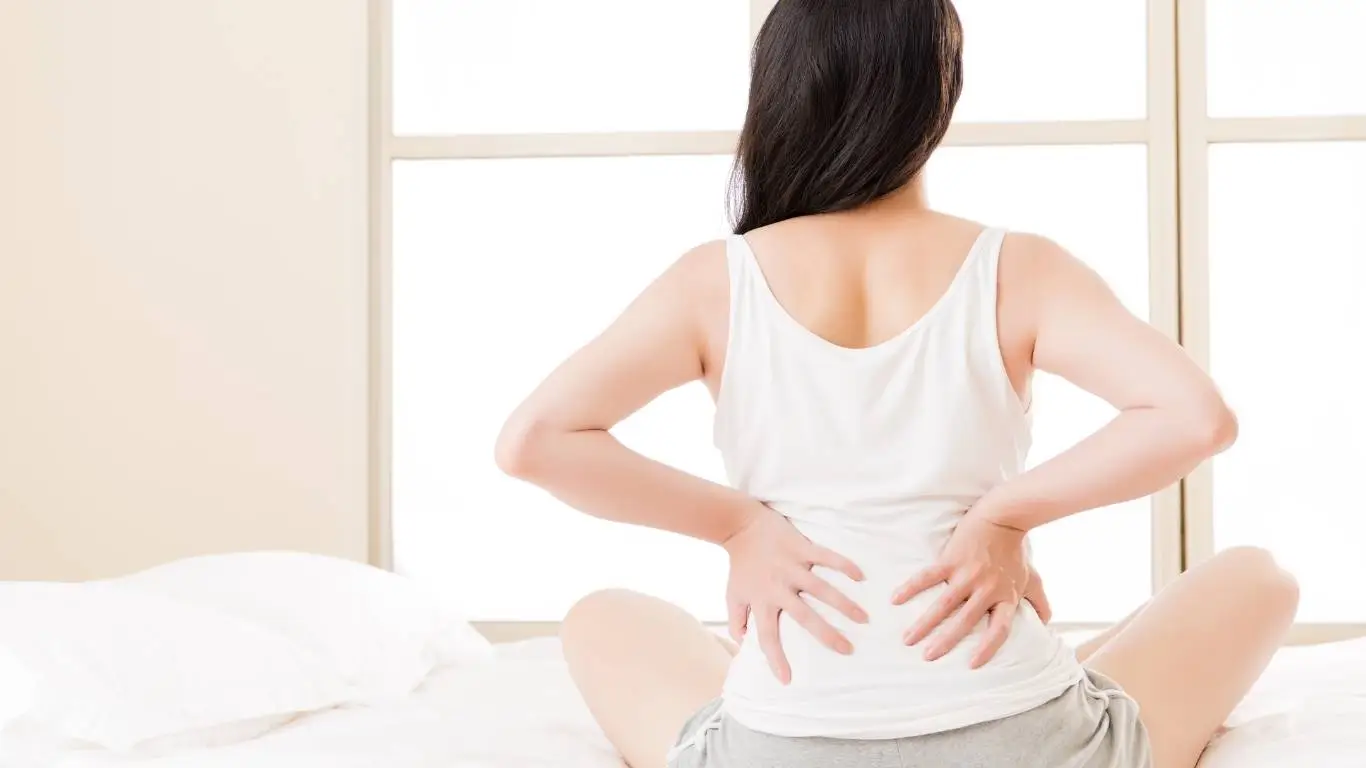
As helpful as barefoot walking can be for many, it’s not ideal for everyone. If you have severe pronation, advanced neuropathy, or recent spinal surgery, consult a specialist before you toss your shoes. Some conditions, like SI joint dysfunction, can benefit from barefoot walking—but only with guidance and a structured plan.
Also, avoid going barefoot in environments that aren’t foot-safe. City streets, gyms, or workplaces with hard, cold flooring? Not ideal unless you’ve got proper transitional footwear (zero-drop shoes or minimal sandals are great bridge tools).
Stacking the Benefits: Combine Barefoot Walking with Other Techniques
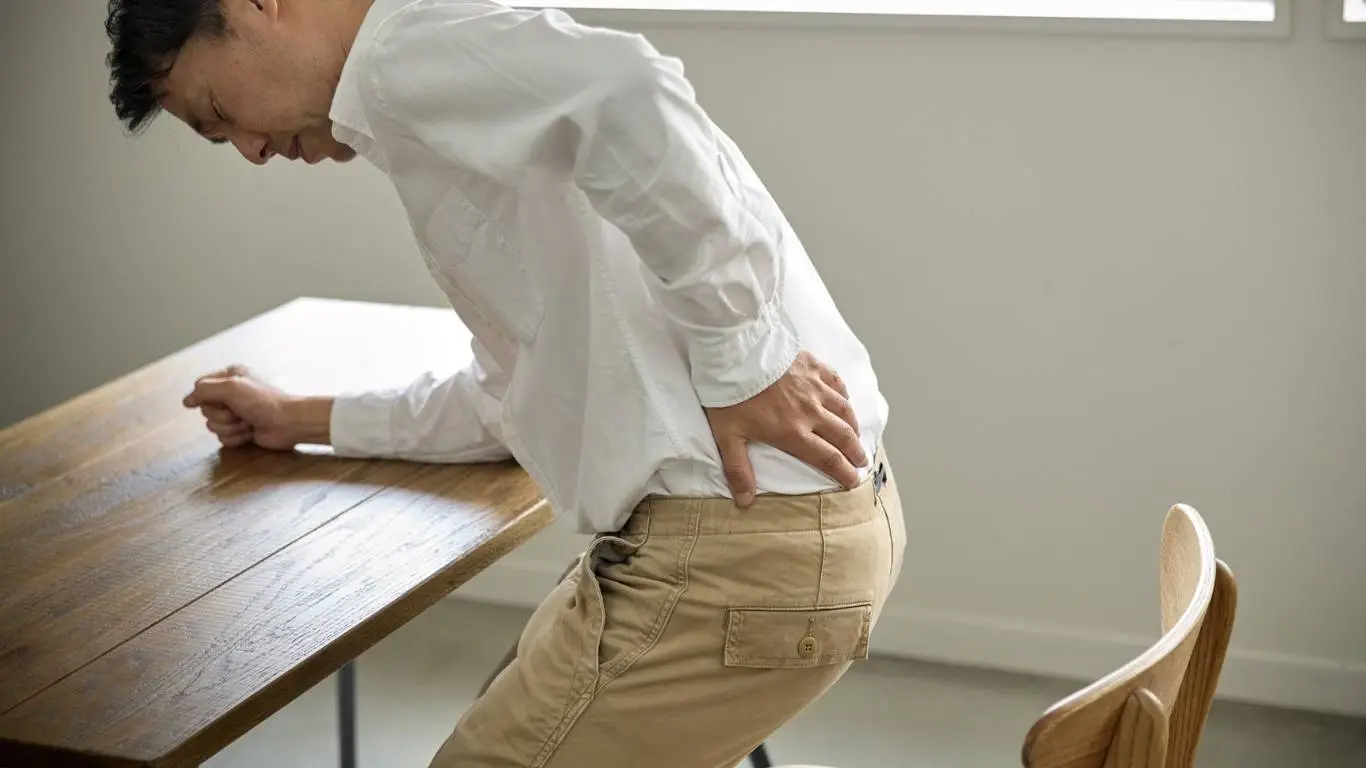
Once you’re a few weeks into the barefoot lifestyle, you’ll start noticing opportunities to stack its benefits. Here are some things that worked wonders for me:
- Pair with mobility work: Hip openers, spine-friendly stretches, and yoga can help lock in your improved posture.
- Mind your sitting habits: Barefoot walking helped my hips realign, but long hours of sitting at my desk would reverse that. I switched to a standing desk and it made a huge difference.
- Sleep support: What you do during the day only goes so far if your back is poorly supported at night. A quality mattress completes the cycle.
If you’re layering in these simple tweaks, you’re giving your spine the best shot at a long, pain-free life. It’s not about expensive tools or time-consuming therapy—it’s about returning to a more natural way of moving, supported by science and common sense.
Why This Isn’t Just a Trend—It’s How the Body Was Designed
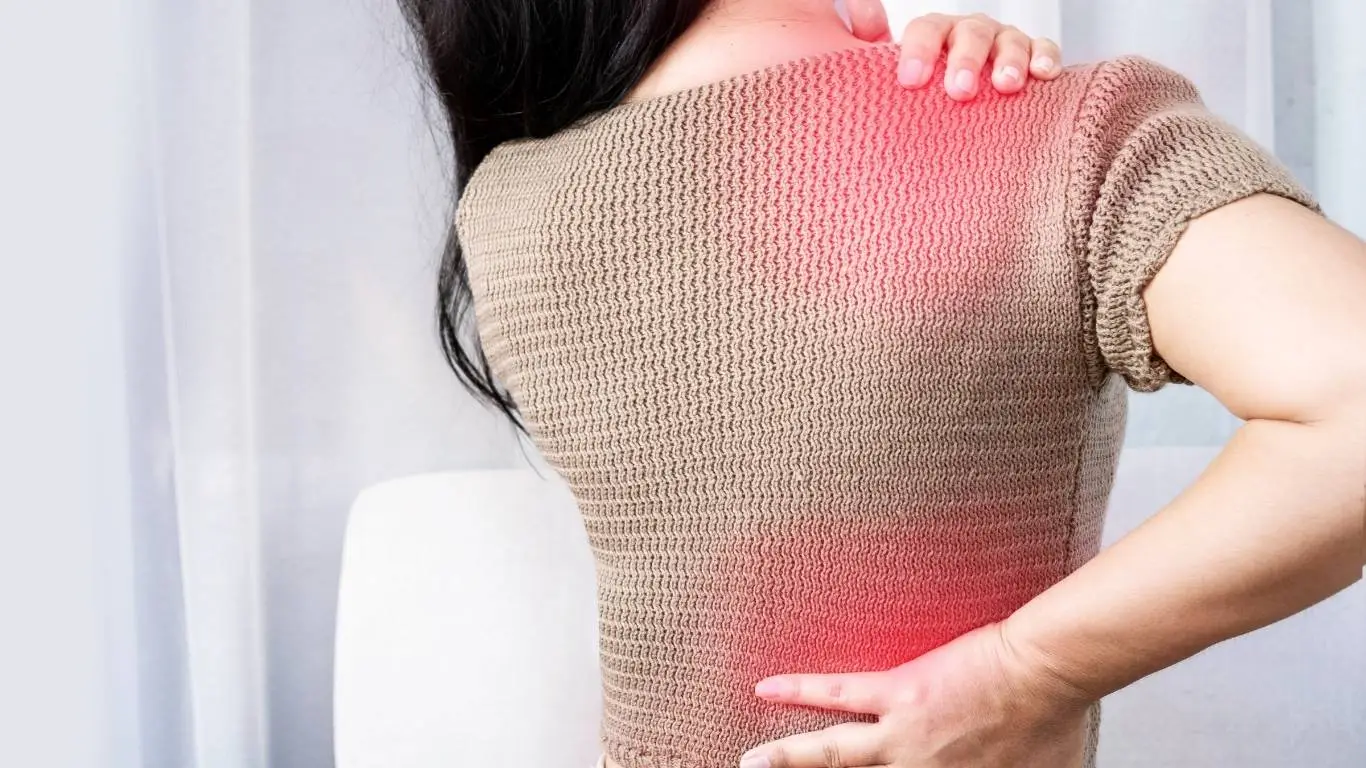
There’s a reason indigenous communities, long-distance hikers, and movement experts have championed barefoot walking for decades. It’s not new—it’s just been forgotten in the rush of modern living. And when you peel back the marketing around high-tech footwear and posture braces, the answer is right under your feet.
Want more practical tips for restoring spinal alignment and reclaiming your comfort? This deep-dive on spine-friendly exercises and ergonomics is worth bookmarking. You’ll also find helpful context in the foundational back pain resource guide that breaks down the bigger picture.

Camellia Wulansari is a dedicated Medical Assistant at a local clinic and a passionate health writer at Healthusias.com. With years of hands-on experience in patient care and a deep interest in preventive medicine, she bridges the gap between clinical knowledge and accessible health information. Camellia specializes in writing about digestive health, chronic conditions like GERD and hypertension, respiratory issues, and autoimmune diseases, aiming to empower readers with practical, easy-to-understand insights. When she’s not assisting patients or writing, you’ll find her enjoying quiet mornings with coffee and a medical journal in hand—or jamming to her favorite metal band, Lamb of God.
